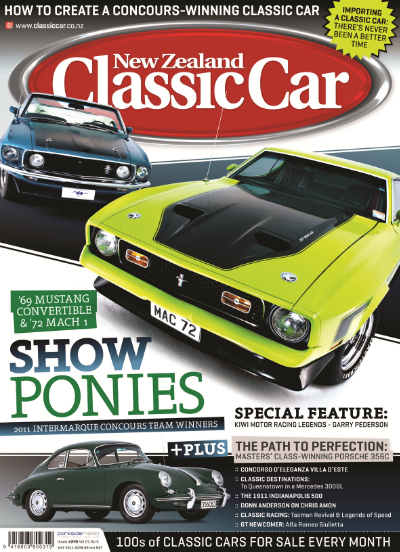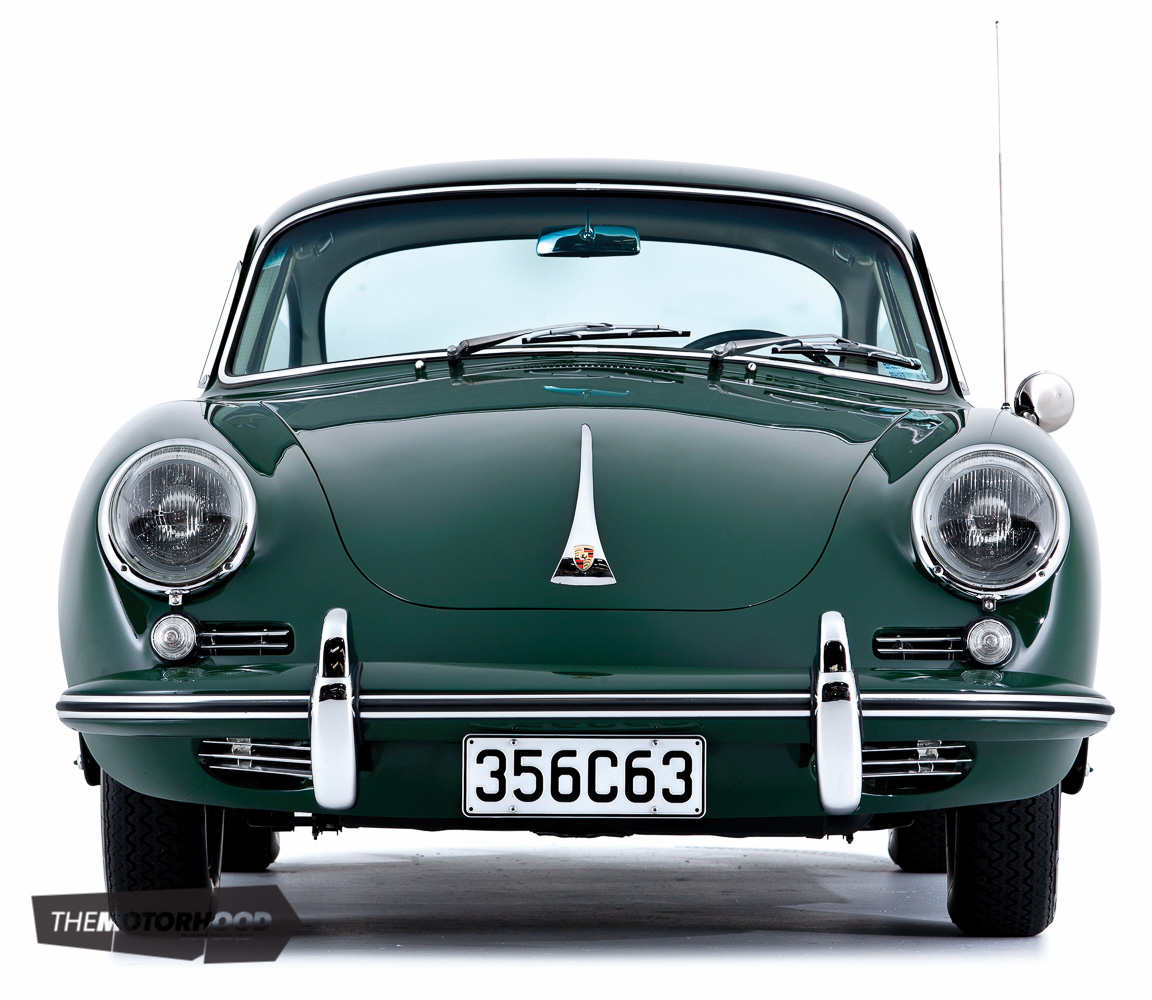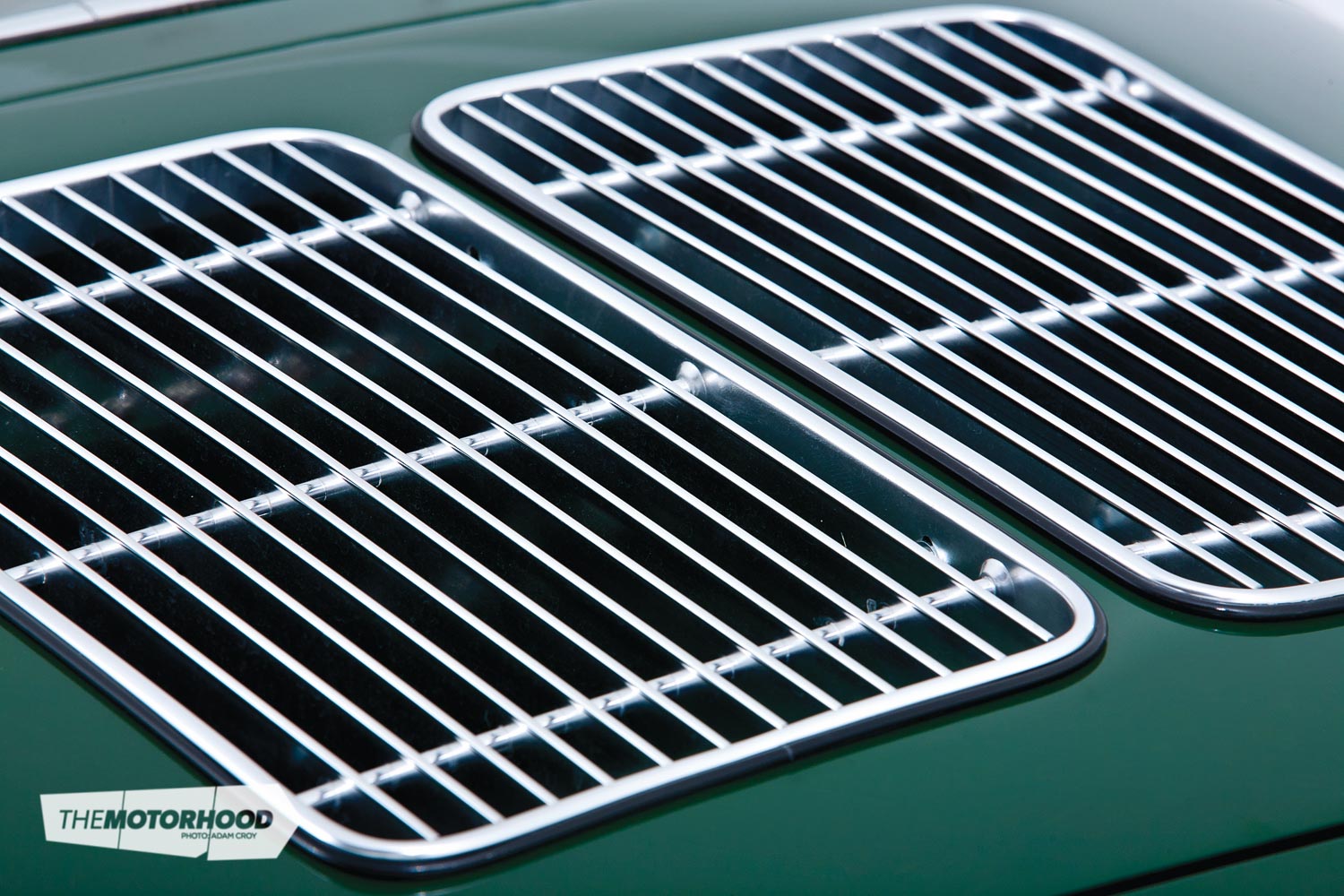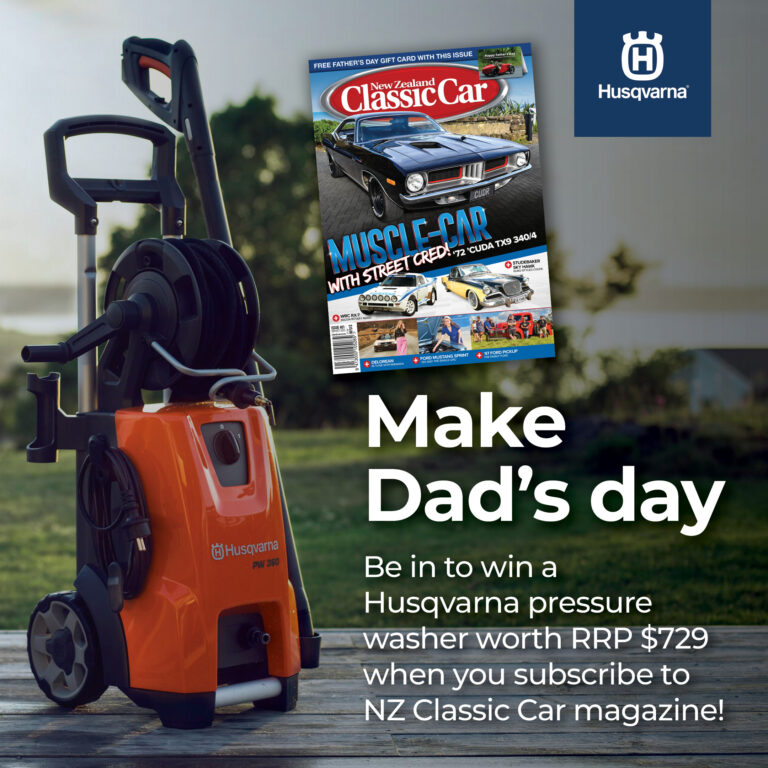
data-animation-override>
“Ashley Webb takes a close look at a Masters’ Class-winning Porsche”
The Ellerslie Intermarque Concours d’Elégance has now been part of the Kiwi classic car enthusiasts’ calendar for an unprecedented 38 years, and continues to grow in success and popularity. This year, 75 classic car clubs participated in the event and, as each year passes, it’s encouraging to see new clubs displaying their cars for the delectations of an admiring public.
For those willing to have their pride and joy critiqued by no less than 14 eagle-eyed judges in order to gauge how their cars stack up against the best of the best, there are the Team Event and Masters’ Class competitions – and to score a win in either, very high standards are mandatory.
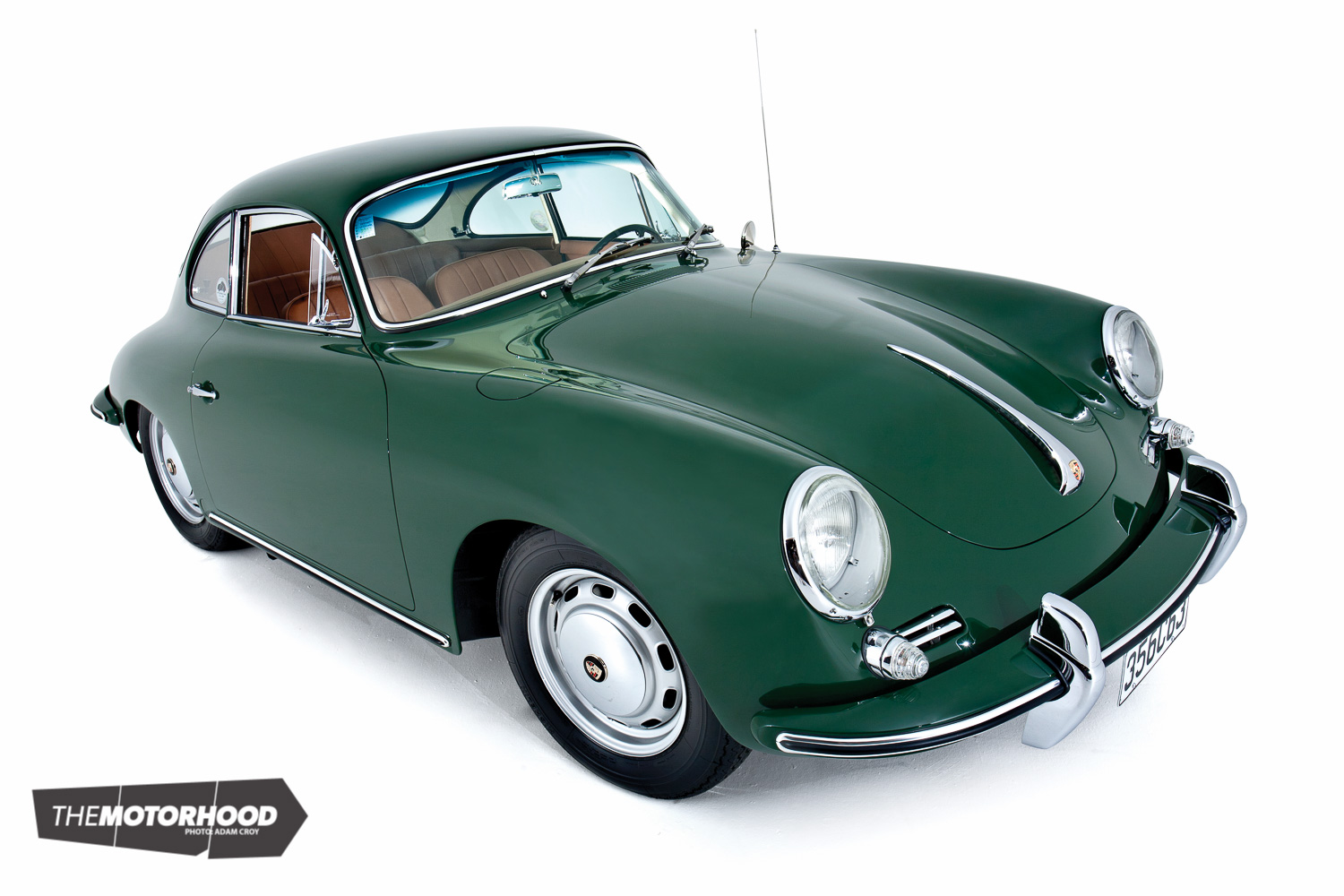
The Team Event is all about cooperation within a car club, with the winning club scoring the honour of hosting the following year’s event, but the Masters’ Class cars are individual entries with pride and personal satisfaction on the line. The owner of this magnificent, award-winning 1963 Porsche 356C coupé, Mike Bitossi, knows only too well what it takes to prepare a car to this level. After a long and exhaustive restoration, the car was VIN’d just in the nick of time at the end of January 2010 and was ready to be part of the Porsche Club Team entry at Ellerslie.
Mike was under strict instructions that he wasn’t to drive the car until after the Concours, which ultimately paid dividends on the score sheet. To compete at this level it’s almost impossible to be in contention in a ‘driver’ quality car unless many, many hours have been poured into preparing every nook and cranny to perfection. To the credit of many competitors, the cars are presented in flawless condition.
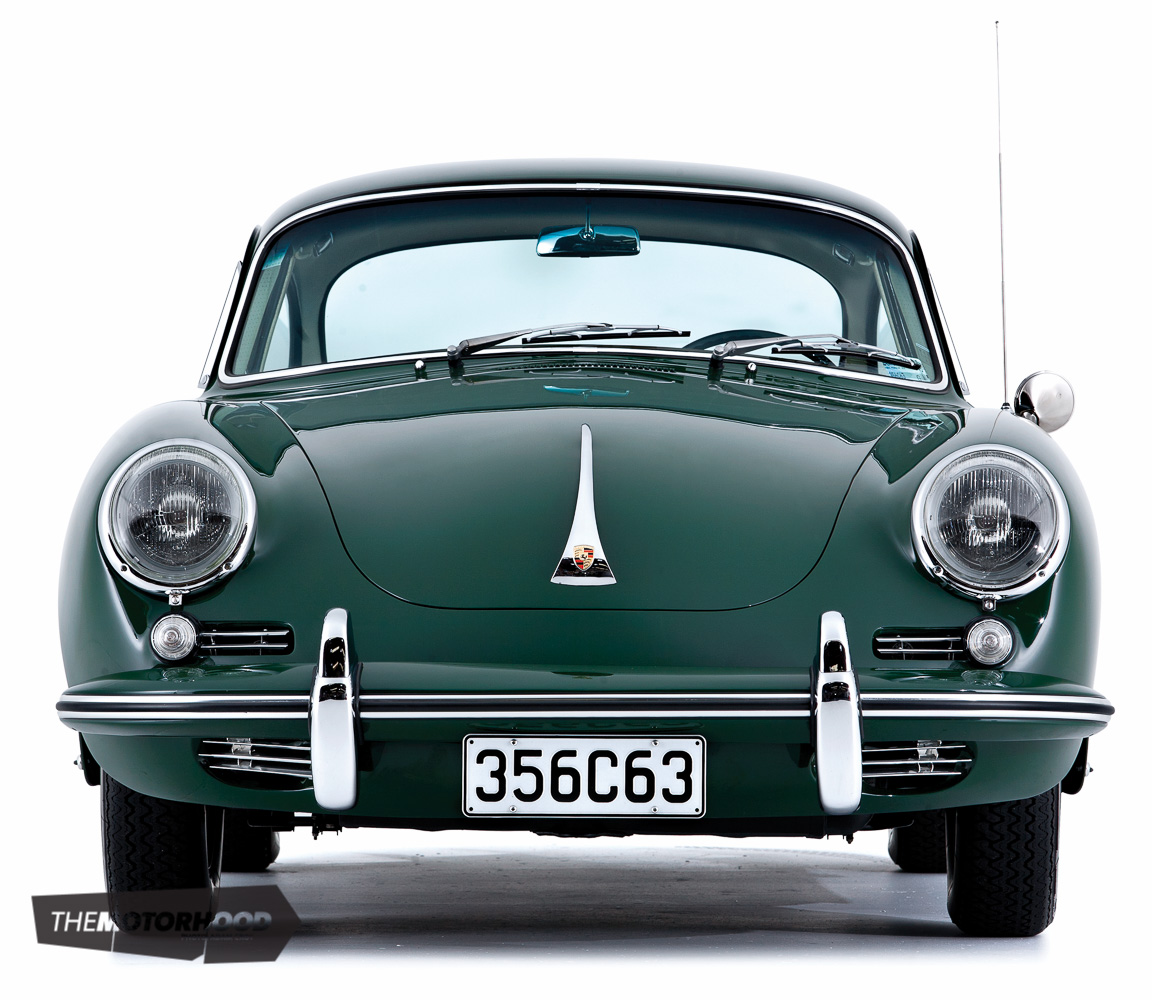
Where it began
Mike’s passion for old Porsches hails back to the ’60s when he very nearly bought a 356A cabriolet. It was a bit more than he could afford at the time and he was a little scared of potential maintenance costs so, reluctantly, he passed on the opportunity. According to Mike, this car is still around. Fast forward to January 2007, when Mike’s son, Anthony, was visiting from London. One particular day, when out playing golf and talking about all kinds of things as fathers and sons do, Anthony said, “You need another interest dad, why don’t you get yourself a classic sports car to fiddle around with?” Once back at home Mike showed Anthony a picture of a Porsche 356C coupé and commented that it was the only car he’d want to buy. From that point things started to move fairly quickly, having got both the resolve and the all important seal of approval from her indoors.
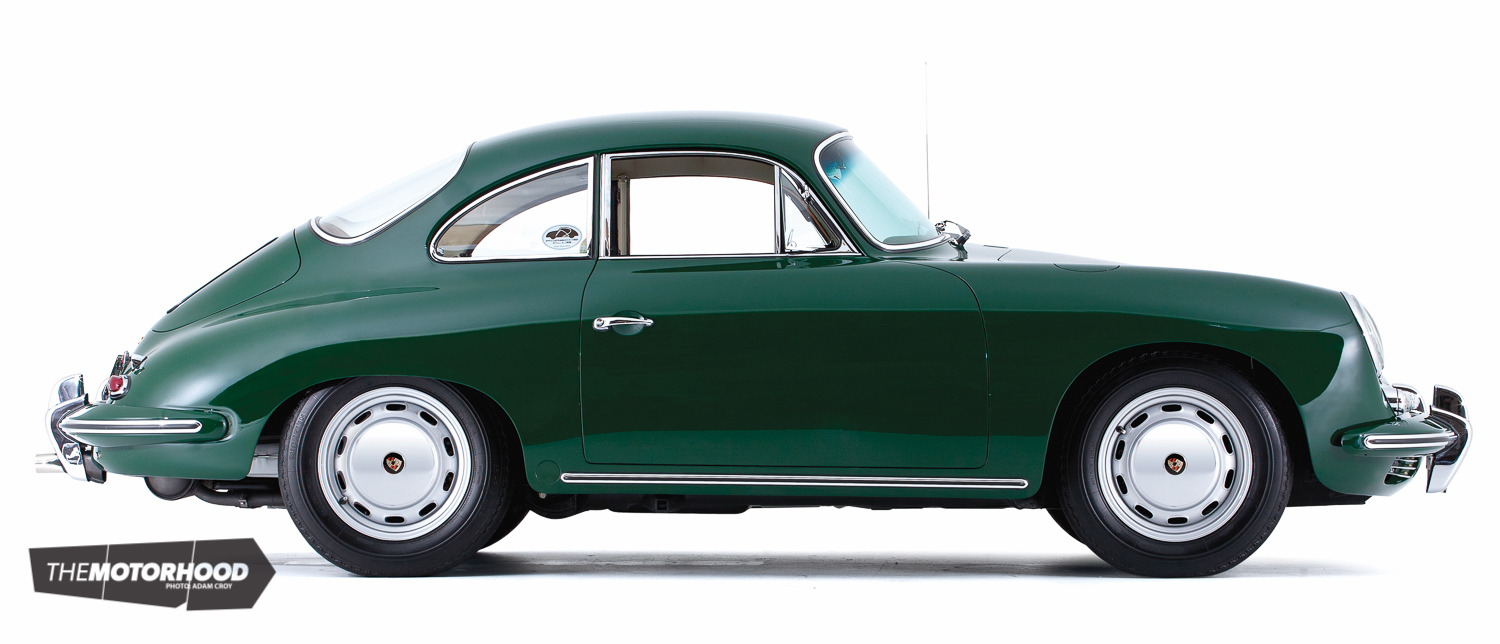
Without too much delay, Mike started researching various options as to what to buy and where to source a possible purchase, with specific criteria in mind – the car definitely had to be a coupé with disc brakes and it needed to be completely numbers matching and as original as possible. Mike explored other avenues by joining the 356 Registry in the USA. He also rejoined the Porsche Club of NZ and 356 Downunder, all of which provided contacts that would prove to be very useful as he searched for a suitable car. He had no preference for either right or left-hand drive, and as the largest volume of 356s were sold into the USA it became obvious that would become the source of his dream car. Mike’s original intention was to buy a less than perfect but usable ‘driver’ that he could enjoy and have fun in, and progressively restore over time. Many hours were spent searching the internet and eBay in particular for the perfect car, which finally paid off when he spotted his prize. With much anticipation he did the deal to buy the Porsche, fending off rivals bids from Germany, France and Italy.

It was a nervous, but exciting day for Mike when, on May 30, 2007, he saw his Porsche 356C for the first time when he picked it up from the shipping agent after it finally cleared MAF and Customs. Mike very gingerly drove the car home where it sat in his garage for about two months whilst he pondered his options, before eventually deciding he needed to revise his original plan of driving it then restoring it.
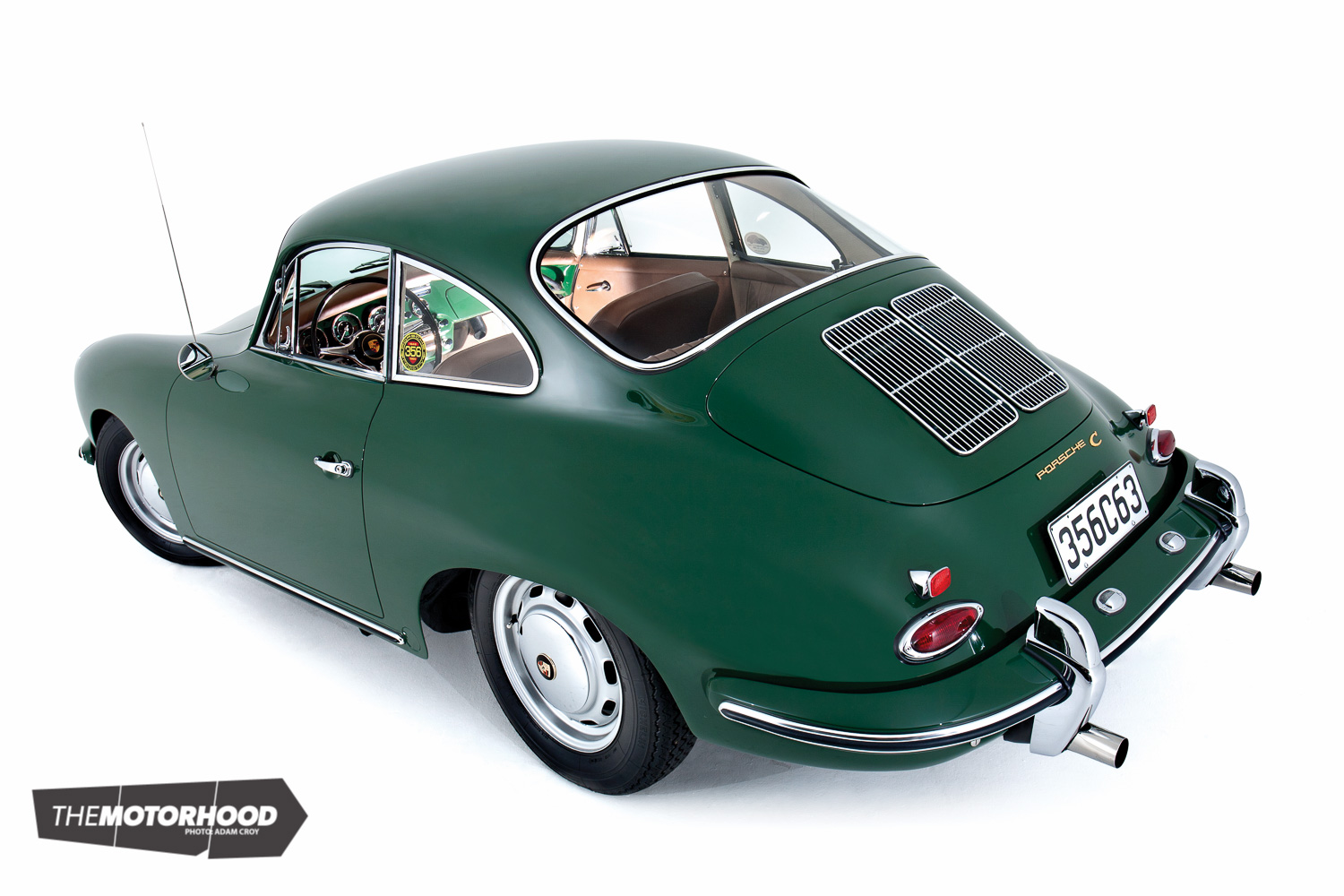
The theory
Mike’s not entirely sure when the decision was reached to fully restore ‘Eileen’ (so named because of its Irish Green paint colour); perhaps it just happened, as these things do.
After spending some time with Mike, I discovered that his passion and perfectionism is based on his theory that it’s possible to restore a classic car to better than ‘new’. To fully understand his theory you need first to understand the following facts. In the post-war period (1950-1965), throughout the world cars were built in rather primitive factories, and the materials and processes employed were not designed to produce a long-lasting consumer-durable product. The reality is that the factories (especially those in Europe) were largely equipped with machinery which survived from pre-war days, or plant that was surplus after the war.

By its very nature, the war effort did not consider durability as a major consideration in the production of vehicles (which were considered expendable). Production technology was still largely pre-war and, consequently, there was no effort put into the development and design of products for longevity, with processes such as rust-proofing being of fairly low priority.
Porsche started in a very cottage industry manner, and until 1964-1965 relied upon coachbuilders such as Reutter, Karmann and several others to build their vehicles – and, of course, rust-proofing facilities in these factories were (by today’s standards) rather less than adequate.
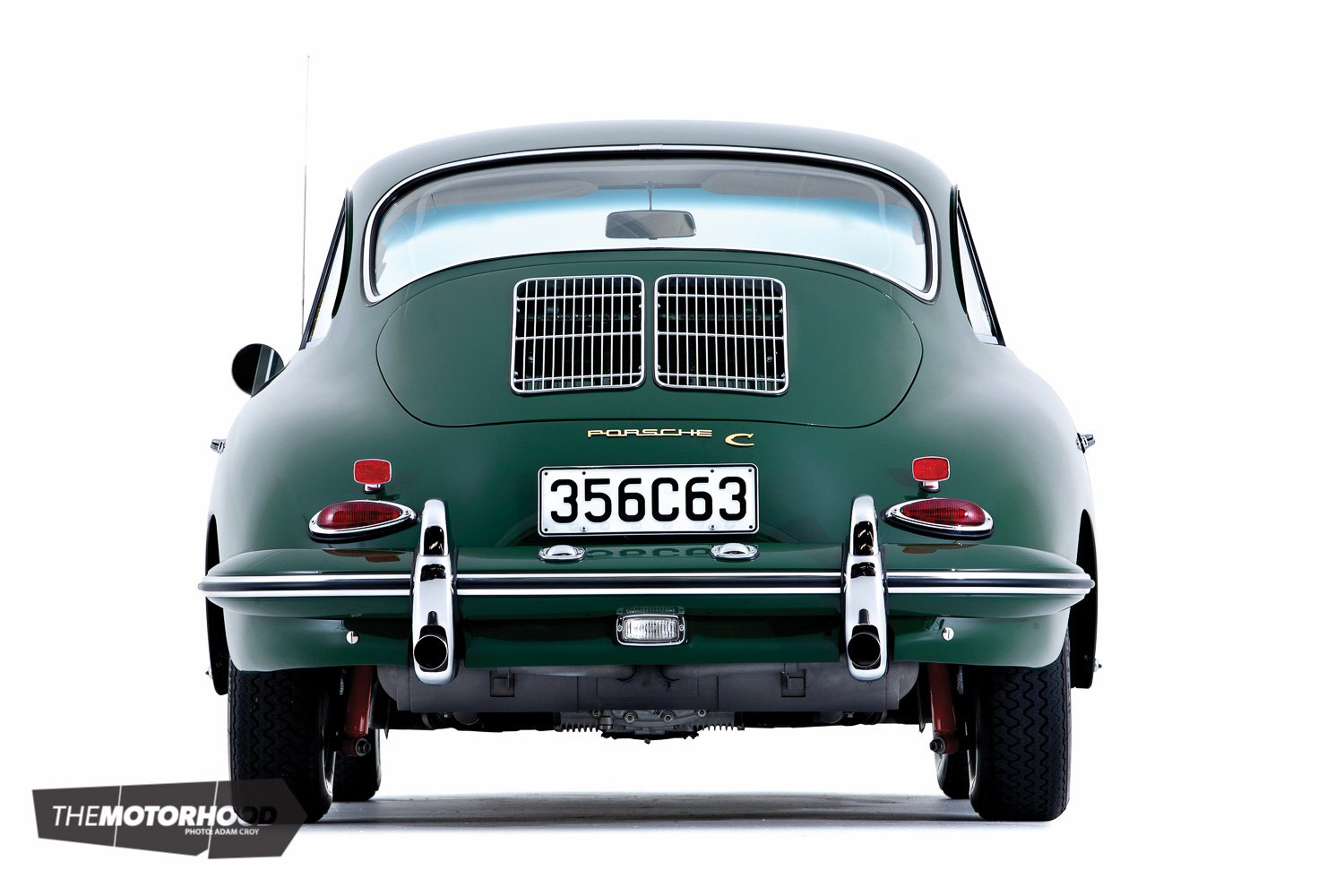
Then there is the question of volume. Porsche cars were indeed hand-made. Only 77,000-odd 356s were produced between 1950 and 1965, an average of 5133 units per year, or about 20 each working day. Mike points out that because modern materials and processes are way better than when our cars were originally built, if the subsequent restorer is worth his salt he can make certain that the restoration will ensure that there is more life ahead of the vehicle than what is behind it!
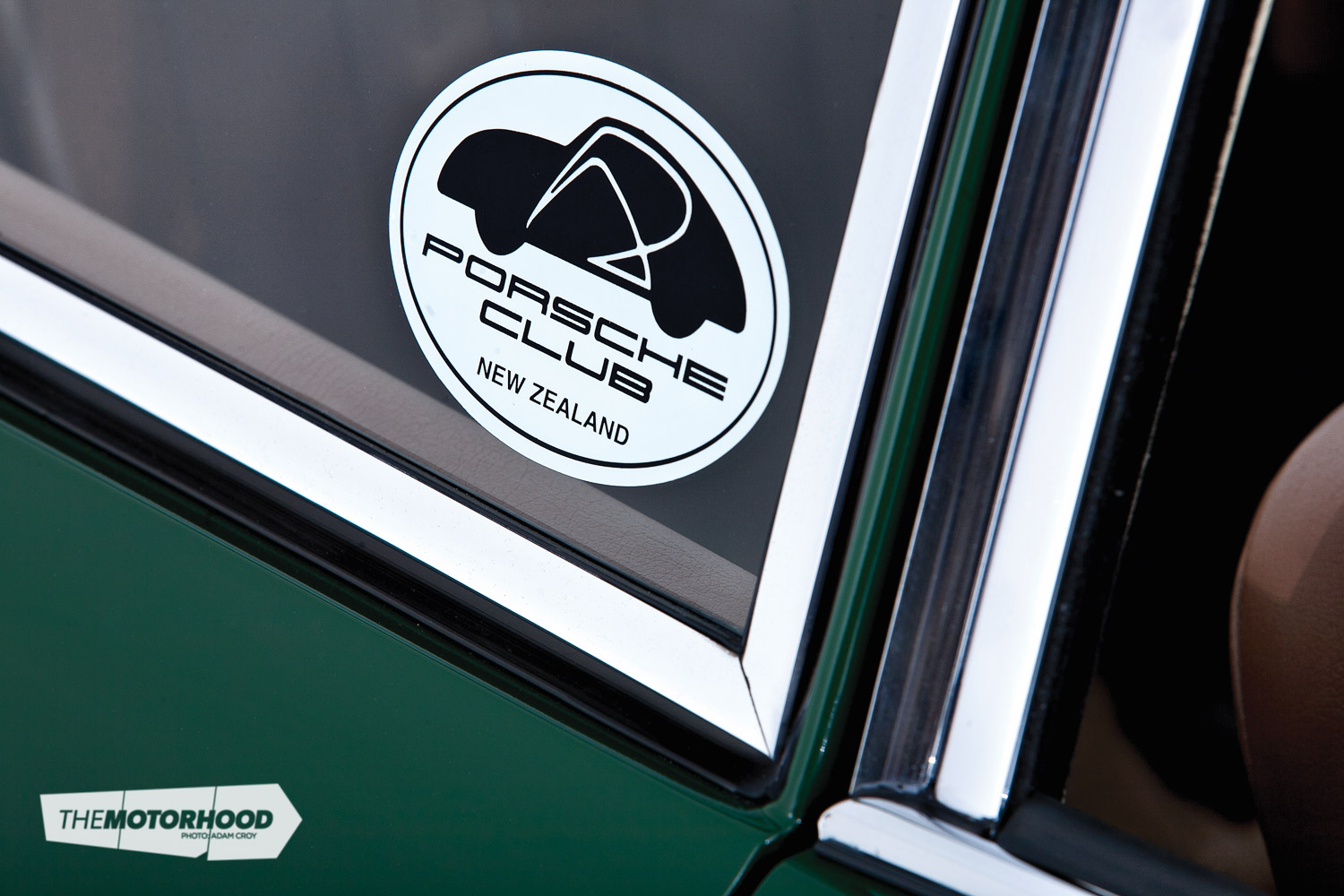
The path to perfection
Mike’s first step involved taking the 356C to Chris Stanley in Silverdale for all the necessary body repairs – this included the replacement of two small floor areas, one rocker panel, the removal of a few dents and some door rust. On January 10, 2008, the car was transported to Rodney Holland’s workshop where it was immediately fully sanded back to bare metal and epoxy primed. At this point Rodney commented – “This car has the best body on a 356 that I have ever seen.” As you can imagine, that was much to Mike’s delight.
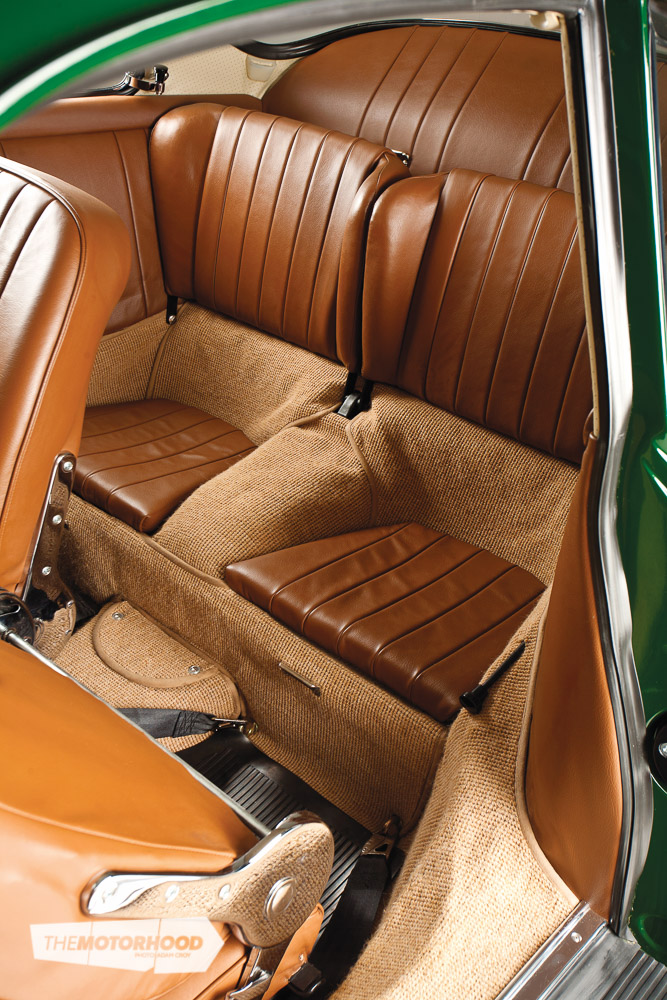
Thus started the restoration – although at that stage only a body job was anticipated. Mike was grateful the car did not need to be dipped or blasted, however, it became necessary to strip the car out and, around June 2008, the decision was made for the Porsche to go onto a rotisserie to properly restore the underside. It was also about this time that Mike decided to take the bull by the horns and restore the car to Concours standard. He felt that to compromise the restoration from this point would not have been appropriate given the 356’s wonderful ‘bones.’
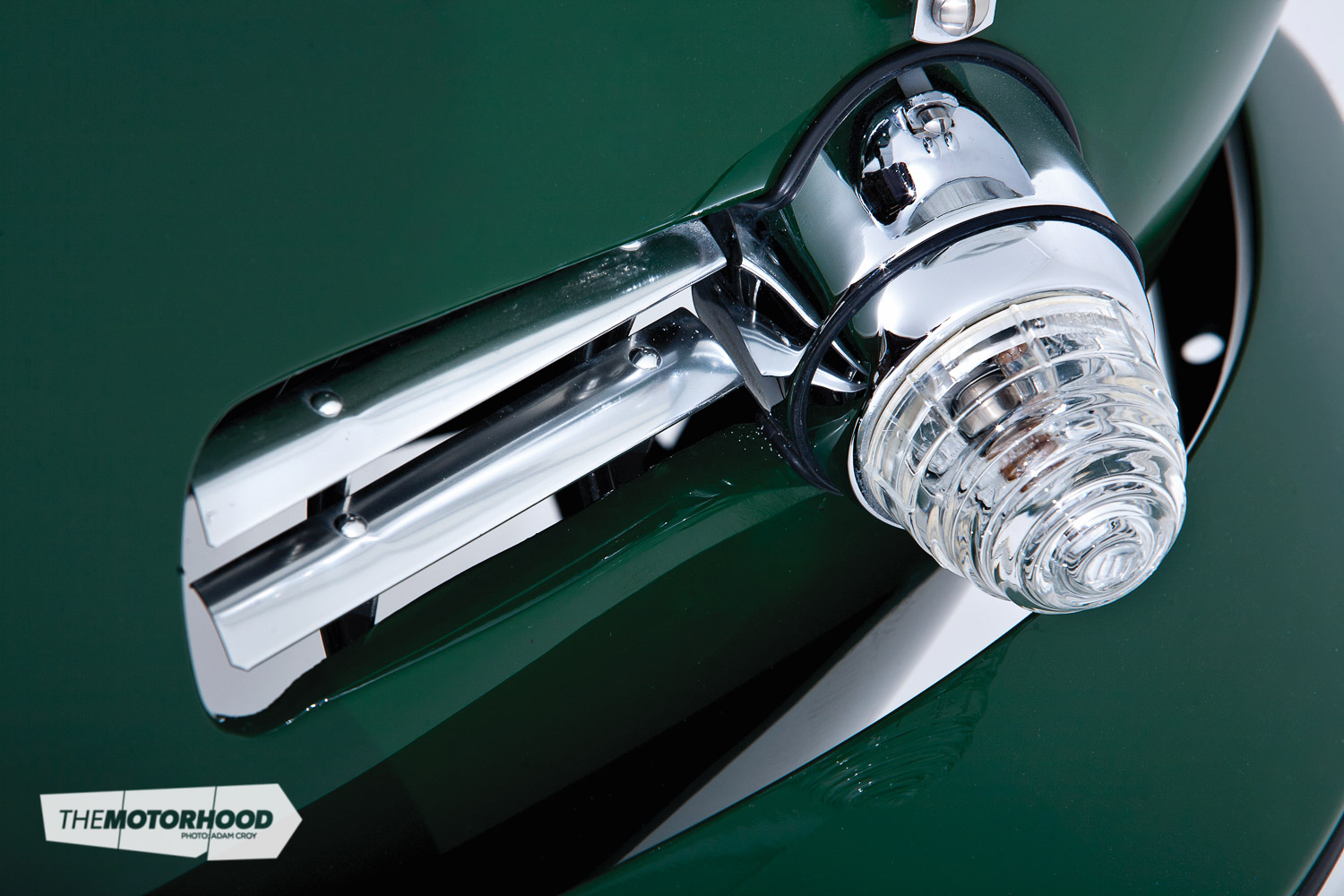
Research, as well as restoration then became the name of the game in Mike’s quest to determine what was original, and then source or restore the particular part. The majority of additional parts were ordered from Stoddard in Ohio USA, its service was excellent according to Mike, and on many occasions, parts arrived just days after being ordered. There were, of course, other parts that proved more difficult to obtain, which had to be sourced from wherever Mike could locate them.
September 2009 was the turning point; no more parts were stripped from the car and it received its final coat of Irish Green paint (the original paint colour). For Mike the fun part was about to begin, working alongside Rodney to reassemble the car with the target of having it completed by the 2010 New Zealand Classic Car Ellerslie Intermarque Concours.

Final result
The 2010 Intermarque Concours d’Elégance was another outstanding day and, lined up in the Winners’ Circle for the afternoon, six teams competed for overall honours alongside the Porsche Club’s team – the MG Car Club (Auckland) Inc, Alfa Romeo Owners’ Club, Mini Car Club of Auckland and two teams from the Auckland Mustang Owners’ Club. Much to the delight of the Porsche Club, its team won for the third successive year, with Mike’s 356 scoring the highest points of all the cars with an impressive 547 points from a possible 590.
With the Intermarque Concours behind him, it was now time for Mike to enjoy his newly restored pride and joy, attending many events and travelling around the country, the last including a trip to the South Island. Mike clocked up around 5500km (65 of those on gravel) during 2010 and enjoyed every second of the experience.
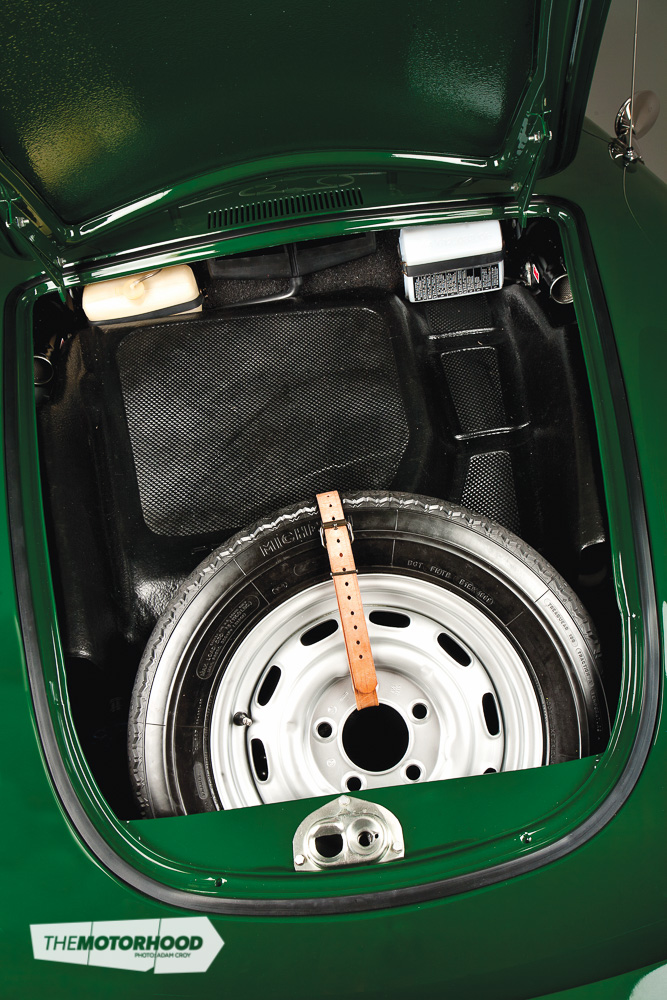
But he wasn’t finished. There was one more prize yet to win – the prestigious New Zealand Classic Car Ellerslie Intermarque Masters Class. With the lure of the Masters’ Class competition calling, the Porsche was returned to restoration guru, Rodney Holland – his brief being to bring the car back to Concours-winning condition. Rodney was able to work his magic on the car, bringing it up to the high standards required to compete in the Masters’ Class.
At Ellerslie on February 13, with a grand total of 547 points out of a possible 590, Mike took out the coveted Masters’ Class title with his Porsche 356C. That begs the question – ‘is it better than new?’ We’ll let you be the judge of that.

Mike would like to take this opportunity to thank his wife, Virginia, for her understanding and patience and Rodney Holland for his skill and absolute dedication in carrying out the restoration, and too many others to mention who have helped and assisted with his Porsche project.
Previous life
Mike has now managed to trace his Porsche’s ownership back to 1973, and we’d like to quote from an interesting email Mike received from the owner at that time.
“I received your email today with the photo of the 356C. I can’t tell you how happy I am to receive that photo. You have made my week, month and maybe my year. You have done a remarkable and much-appreciated restoration of a great old friend of mine. Congratulations on your Concours successes.
“One important fact should be the sequential ownership of the car. I was not the original owner. I bought the car from a young Coast Guard sailor (I don’t remember his name) returning home to San Carlos, Ca. in 1972/’73 He lived on Greenways Street around the corner from the house, I shared with three other friends. He purchased the car in Florida. It had a pitted windshield from the sand storms there. I had taken a year off college and worked at Raychem Corporation in Menlo Park. It was a fun time in my life where we partied every night, drank lots of beer and drove fast cars. My roommate owned an Austin-Healey MkIII and we had both of our cars painted that Forrest Green together by a body and fender man from Palo Alto. He left a fair amount of ‘orange peel’ on the body but overall it was 100 times prettier after being sun bleached in Florida. I bought Michelin XAS radials and put on some Koni shocks and bought a new windshield. The box with windshield was too large to fit into the car so I took the glass out and laid it across the passenger seat and went to a softball game. For some reason, I needed my then girlfriend later wife to drive the car home. When I got home I eagerly pulled the windshield out of the car to find it broken and a new small dent on the metal dashboard of the car. Somewhere between Palo Alto and Redwood City the new $105 windshield met its death and the car received a small blemish. I never did replace the windshield.
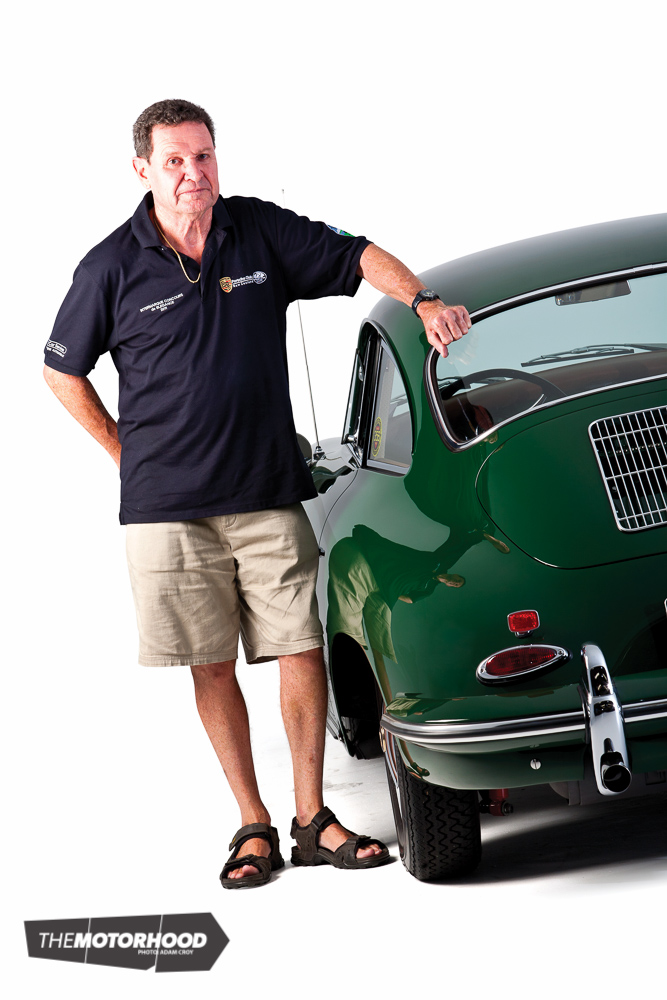
“The only other blemish the car received was at the Menlo Country Club at my roommate’s wedding reception. The Porsche was parked on a slant and evidently the car to my left (uphill) opened their door and punched a soccer ball size dent into the left rear quarter panel. I was devastated. I was able to push most of it out but sold the car with a small wrinkle there.
“I made the mistake of letting a friend drive the car after a couple of beers. We were up in the San Carlos Hills, a residential neighbourhood, and my friend hit the brakes too hard going downhill causing the rear-engined car to spin. We spun through a small chicane and ended up ‘kissing’ a light standard with the rear bumper. No injury to the vehicle but no other person ever drove the beauty again.
“As I was returning to school having completed my year of fun, I placed the car on the market. I paid US$1500 for the car in 1972 and sold it to a banker in San Carlos for US$2300 – he would keep the car for the next 34 years. When I shook hands with the new owner, another older gentleman shook his head and said he would have paid another $1000 for the car.”
1963 Porsche 356C Coupé
- Production date: September 6, 1963
- Engine: Horizontally opposed four-cylinder, air-cooled
- Capacity: 1582cc
- Bore/stroke: 82.5x74mm
- C/R: 8.5:1
- Valves: ohv, two valves per cylinder
- Max power: 70.8kW at 5500rpm
- Max torque: 124Nm at 4200rpm
- Fuel system: Two twin choke Zenith 32NDIX carburettors
- Transmission: Four-speed manual
- Suspension F/R: Independent, torsion bars
- Steering: ZF worm and peg
- Brakes: Disc/disc
- Dimensions:
- Overall length: 4010 mm
- Width: 1670mm
- Height: 1315mm
- Wheelbase: 2100mm
- Track F/R: 1306/1272mm
- Kerb weight: 935kg
- Performance:
- Max speed: 175kph
- 0-100kph: 11.3 seconds
- Standing ¼ mile: 18.8 seconds
This article originally appeared in New Zealand Classic Car Issue No. 245. You can pick up a print copy or a digital copy of the magazine below:
